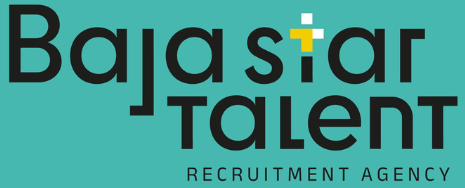Meetings, or rather the abuse of them, have become one of the biggest black holes for productivity. Jeff Bezos and Steve Jobs have been saying for years that an email is better than long meetings

Planning the work to be done now consumes more time than doing the work itself. Many blame telecommuting for increasing the time spent in meetings, but the truth is that it has merely highlighted a problem that has little to do with distance and much to do with the complexity of companies and the current economy.
Derek Thompson, in an article for The Atlantic, pointed out that the job of so-called white-collar workers now is to attend meetings.
It is a controversial statement because it reduces their position to mere messengers who carry information from one part of the company to another.

According to the latest June update of the WFH Research report prepared by Stanford University, the percentage of telework has quadrupled compared to 2019. With this increase in remote work, meeting time has also increased, but its rise had been happening even before telework. The data: a 153% increase in meetings. In 2016, a group of researchers published data in Harvard Business Review showing that the number of meetings had increased by 50% since the 1990s. ‘
Buried under an avalanche of requests for information or advice, some workers spend as much time in meetings, attending calls, and checking their inbox as they do doing their most critical work,’ the researchers state.
The Work Trend Index study prepared by Microsoft in 2022 showed that the number of weekly meetings had increased by 153% compared to the data from 2020. This indicates a clear upward trend that skyrocketed due to the pandemic but had been happening for a long time. A workday for meetings, another for work. As my colleague Javier Lacort pointed out in his article, meetings are displacing effective working time. This means that those who work remotely have the same chances of continuing to work at 10 pm as they do at 8 am.

Microsoft researchers focused on this issue and discovered that employees were using their entire 9-to-5 workday to attend work meetings and reconnecting to work once their day ended to do their actual work. ‘I think we have reached the pinnacle of maximum inefficiency in white-collar work. Sometimes it seems that the modern worker spends more time talking about work than actually working,’ Jared Spataro, Microsoft’s vice president of AI and work trends, told The Atlantic.
Why?
The Microsoft expert attributed the increase in meetings to the growing complexity of business structures and processes. Thus, any decision must be agreed upon by various departments. What The Wall Street Journal called ‘The Coordination Tax’ takes its toll in the form of meeting time.
This “tax” refers to a kind of ‘chaos theory’ where the slightest flutter of a butterfly’s wings, meaning a change in a company’s online store, affects the back-end, front-end, marketing, production, logistics, administration departments, and so on. The plurality in decisions. Jared Spataro highlighted that the shift in company culture, increasingly favoring giving employees a voice, requires more time and resources to listen to those opinions.
However, this is no excuse for the fact that, as Shopify did in the past, many meetings can be avoided with a simple email or memo, just as Jeff Bezos demanded of Amazon employees.
